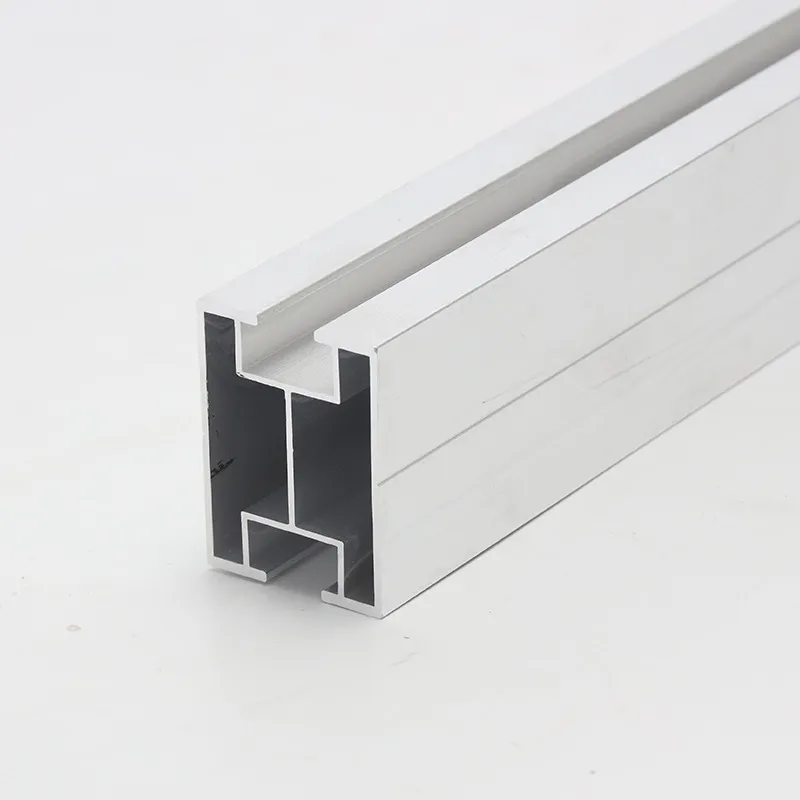

Understanding the Specifications and Uses of M22 Bolt in Mechanical Applications
Sep . 29, 2024 02:59 Back to list
Understanding the Specifications and Uses of M22 Bolt in Mechanical Applications
Understanding the M22 Bolt Specifications and Applications
In the world of mechanical engineering and construction, fasteners play a critical role in ensuring structural integrity and durability. Among the various types of fasteners, bolts are fundamental components used in a wide array of applications. One such bolt is the M22 bolt, which is recognized in the metric system for its specific dimensions and applications. This article delves into the characteristics, specifications, and uses of M22 bolts, providing insight into their importance in various industries.
Specifications of M22 Bolts
The designation “M22” refers to the nominal diameter of the bolt, which is 22 millimeters. This metric designation is crucial, as it helps engineers and designers select the appropriate fasteners for specific applications. M22 bolts are widely available in different lengths and grades, with each variant offering unique mechanical properties.
Typically, M22 bolts are produced from high-strength materials such as carbon steel or stainless steel. The choice of material often depends on the environmental conditions and the load-bearing requirements of the application. For instance, stainless steel M22 bolts are preferred in corrosive environments, such as marine or chemical applications, due to their resistance to rust and corrosion.
M22 bolts are also classified according to their strength grade, which indicates their tensile strength and yield strength. Common strength grades for M22 bolts include 8.8, 10.9, and 12.9, each suitable for different load requirements. For example, an M22 bolt with a grade of 8.8 can withstand a tensile strength of around 800 MPa (megapascals), making it ideal for moderate load applications.
Design Features
M22 bolts are available in various designs, including standard hex head bolts, socket head bolts, and flanged bolts. The most common type is the hex head bolt, which is designed to be tightened using a wrench, providing a strong grip. The socket head bolt, on the other hand, features a cylindrical head with an internal hexagonal recess, allowing for tighter spaces and better torque.
m22 bolt

Additionally, M22 bolts may also feature different thread types, such as coarse or fine threads. Coarse threads provide better resistance to stripping and are typically used in applications where quick assembly and disassembly are required. Fine threads, however, offer better grip and are suitable for precision applications.
Applications of M22 Bolts
The versatility of M22 bolts makes them suitable for a variety of applications across different industries. In the construction sector, M22 bolts are frequently used to join structural steel components, providing essential support in building frameworks, bridges, and elevated structures. Their robust construction allows them to withstand heavy loads and harsh environmental conditions.
In the automotive industry, M22 bolts are commonly used in engine assemblies, transmission systems, and suspension components. Their strength and reliability are vital for ensuring the safety and performance of vehicles. Furthermore, M22 bolts are also utilized in heavy machinery and equipment, such as cranes and earthmoving machines, where high levels of stress are present.
The manufacturing sector also benefits from M22 bolts in machinery assembly, where they are used to secure parts and components together. Their ability to maintain integrity under vibration and dynamic loads makes them an excellent choice for mechanical applications.
Conclusion
In summary, the M22 bolt is a vital fastener in various industries, offering strong mechanical properties, reliability, and versatility. Understanding its specifications, design features, and applications is crucial for engineers, manufacturers, and builders alike. Proper selection and usage of M22 bolts can significantly enhance the performance and longevity of structures and machines. As technology advances and new materials emerge, the role of fasteners like the M22 bolt will continue to evolve, reinforcing their importance in modern engineering and construction practices.
Latest news
-
High-Strength Hot Dip Galvanized Bolts - Hebei Longze | Corrosion Resistance, Customization
NewsJul.30,2025
-
Hot Dip Galvanized Bolts-Hebei Longze|Corrosion Resistance&High Strength
NewsJul.30,2025
-
High-Strength Hot-Dip Galvanized Bolts-Hebei Longze|Corrosion Resistance&High Strength
NewsJul.30,2025
-
Hot Dip Galvanized Bolts-Hebei Longze|Corrosion Resistance&High Strength
NewsJul.30,2025
-
Hot Dip Galvanized Bolts - Hebei Longze | Corrosion Resistance, High Strength
NewsJul.30,2025
-
High-Strength Hot Dip Galvanized Bolts-Hebei Longze|Corrosion Resistance, Grade 8.8
NewsJul.30,2025

